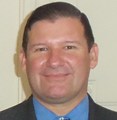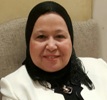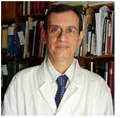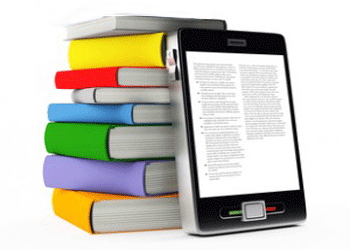- Submissions

Full Text
Advancements in Bioequivalence & Bioavailability
Comments on Whether or not Traditional Chinese Medicine and Acupuncture are Pseudoscience
Mosab Nouraldein Mohammed Hamad*
Department of Freelancer academic and education consultant, Medical Parasitology, Sudan
*Corresponding author: Mosab Nouraldein Mohammed Hamad, Department of Freelancer academic and education consultant, BSC, MSC, FSASS, Medical Parasitology, Sudan
Submission: November 28, 2018;Published: December 03, 2018
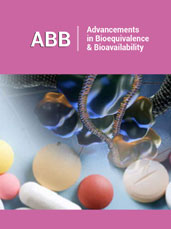
ISSN 2640-9275 Volume2 Issue4
Abstract
Whether or not the traditional Chinese medicine (TCM) and acupuncture are viewed as science remains controversial because it seems that they should not be judged with the criteria based on the deductive reasoning. It goes beyond doubt that the different logical reasoning models between the East and the West need more conversation. Issues affecting the efficacy of TCM and acupuncture like Collection, Processing, Acupuncture as part of the health system, Designing Pattern-based research, locating acupoints accurately, and Proper prescription are presented for the modernization and the scientization of acupuncture.
Keywords: Inductive/Deductive reasoning; Acupoint; Yin-Yang; Pattern identification
Introduction
Acupuncture and the traditional Chinese Medicine (TCM) are complex developed with the philosophical principles and reflecting Chinese thought, which is used to place the human body into a large system through the observation of nature and has been recognized and practiced to treat various diseases and symptoms worldwide. It’s been argued academically and clinically for long whether or not acupuncture is science or pseudoscience. The Chinese are used to the inductive reasoning for more than five thousand years, compared to deductive reasoning of in the West. Based on this logic model, the TCM and acupuncture features similarities with Yin-Yang, Qi-Blood, the Five Elements, and Pattern identification in theories. In addition to the scientific evidence with modern techniques, such as fMRI and CT, to examine the effects of acupuncture, it seems to suggest that some key issues deserve attention to have the better understanding and learning of acupuncture, which will greatly promote acupuncture research, may be beneficial to modernization and scientization of the TCM and acupuncture and rethinking the definition of science.
Current issues
Collection: The clinical use of Chinese herbs must follow the TCM theories and be based on the patient’s specific conditions with accurate diagnosis, following the principles of pattern identification. Ban-xia (Pinellia ternate), literally in Chinese means in the middle summer, is effective to drain phlegm caused by dampness, which indicates the best harvest time is in the mid-summer between May 6 (lixia, 立夏) when summer begins and June 21, maximum summer (xiazhi, 夏至) for the maximum constituents and best quality. However, this rule seems to be difficult to follow, suggesting why the efficacy is as good as expected for the clinical outcomes [1].
Processing: In order to facilitate the use of Chinese herbs to meet the clinical needs, herb processing is required because it can generally reduce toxicity, alter energetic nature, and reinforce efficacy to increase the therapeutic effectiveness. Radix Bupleuri (RB) bearing the properties of spicy, cool, and bitter is one of the most popular traditional Chinese medical herbs to treat Liver-related diseases. Radix Bupleuri is derived from the dried roots of Bupleurum scorzonerifolium Willd (Nan Chaihu) and Bupleurum Chinese DC. (Pei Chaihu), which is the main ingredient of the most frequently used preparations Da Chai Hu decoction and Xiao Chai Hu decoction in the Treatise on Injury by Cold (Shang Han Lon). The major differences between Bupleurum scorzonerifolium and Willd Bupleurum Chinese DC. are the indication of Bupleurum Chinese DC. is to disperse stagnated Liver qi while Bupleurum scorzonerifolium Willd is used to reinforce Yang Qi in the pattern of Middle Jiao deficiency [1].
However, whether or not Bei Chai-hu (Bupleurum Chinese DC.) is selected as the components of these two formulas remains uncertain since it is not specified by the author Zhang Zhong Jing of Treatise on Injury by Cold (Shang Han Lun), even though Bupleurum Chinese DC. is mostly selected for clinical use. On the other hand, the evidence-based researcher shows the levels of neurotransmitters in the frontal cortex and hippocampus can be regulated significantly with the use of vinegar-baked Bupleuri Radix. In addition, vinegar-baked Bupleuri Radix can be more effective for relieving the depressed Liver qi and bring about the better antidepressant effect than unprocessed Bupleuri Radix [1,2].
Acupuncture as part of the health system
Whether or not acupuncture is science remains controversial only because this issue is presented and discussed by those who are used to the deductive reasoning. However, the objective evidence of the population of China has given the answer, explaining the statuses of TCM and acupuncture in China and the Chinese communities around the world. TCM and acupuncture had been the major approaches in the health system in the ancient China until the Qing dynasty. In the first half of the nineteen centuries, the population of China accounted for one-third of the world population even though China had been tortured by the twenty-one major wars and battles, leading to the fluctuation of population. It is estimated the population was about forty-two million in the Qin dynasty (221-206 BC) and increased to eighty-six million in the Han dynasty (206 BC- 220 AD). The population moved around 100 million to 150 million until 1700s after the Ming dynasty (1368- 1344) and earlier period of the Qing dynasty (1644-1912). More impressive evidence is that the population doubled in a century in the period between 1749 and 1851 [3,4].
Designing Pattern-based research
It is noted that most of the contemporary scientific researches examining the efficacy of acupuncture and TCM only focuses on diseases, instead of following the Pattern identification. It is understood that a disease refers to the loss of the balance of Yin- Yang [3]. TCM and acupuncture see the body as a miniature of the universe in diagnosis and treatment and believe the body acts with the universe, which is totally different from the Western medicine. Yin and Yang are the philosophical concepts and abstract with the functions broader than the anatomical knowledge of the Western medicine. On the other hand, TCM emphasizes the congenital constitution passed from the parents, which is equivalent to the concept of gene cantered in the Precision medicine [5]. In other words, the research designs not following the Pattern identification cannot accurately exemplify the TCM and acupuncture theories to a great extent because they are breaking the rules and principles developed with the inductive reasoning model [6].
Locating acupoints accurately
How to accurately locate an acupoint is the key to the successful treatment. For, example, LIV1 (Da Dun) is the most commonly used acupoint in the acupuncture treatment for regulating Qi in the lower jiao and Liver qi to alleviate pain. Unfortunately, whether this acupoint is located on the dorsal aspect of the big toe, at the junction of lines drawn along the lateral border of the nail and the base of the nail, approximately 0.1 cun from the corner of the nail [7] or on the lateral side of the terminal phalanx of the great toe, 0.1 cun from the corner of the nail [8] remains controversial in clinical practice.
Proper prescription
As discussed above, Pattern identification is vital for the successful treatment outcomes. The historical developments show that an acupuncturist may face the following challenging issues, such as only selecting traditional acupoints for use, only selecting extra acupoints, or the combinations of traditional acupoints with extra acupoints, while a TCM practitioner needs to consider the processed/unprocessed herbs, the collection way of the herbs. Up to now, there has not scientific evidence to show which choice can reach the best treatment outcomes. In other words, these issues depend on acupuncturists’ wisdom and experience.
Discussion
There has not been sufficient scientific evidence to prove the meridians exist. However, acupuncture is recommended by the WHO [8] and widely known for the effectiveness in the treatment of pain. Current development and the acceptance of acupuncture in the West may suggest whether or not the definition of science can apply to the acupuncture and the TCM still deserves attention and discussion. The efficacy in reducing pain is one of the main reasons why it has been recognized to be the effective approach around the world. The plentiful evidence on the effects of acupuncture on specific painful conditions has been presented. The systematic review of 13 trials of acute pain found that acupuncture is more effective than both sham needling and painkillers [9-10]. The historical developments show that there are challenges ahead of the TCM and acupuncture learners and practitioners, such as whether it is effective to select the unprocessed herbs, research design following the pattern identification, only use acupoints on the traditional regular meridians, when to combine the regular acupoints with the extra acupoints, how to decide the accurate needling duration, etc.
Conclusion
The expected treatment and experiment outcomes will not occur when the acupuncture and TCM patterns are followed and taken into the consideration since there exist some fundamental differences between the Western medicine and TCM, including acupuncture. On the other hand, it deserves attention that whether the definition of science developed with deductive reasoning can apply to the Yin-Yang and the Five Elements theories derived from the inductive reasoning needs more discussion.
References
- Hong TZ (2018) Challenges in learning and understanding traditional Chinese medicine and acupuncture. Open Acc J Comp & Alt Med 1(1).
- Lei T, Shifeng Chen, Kai Wang, Dandan Zhang, Lin Dong, et al. (2017). Characterization and discrimination of raw and vinegar-baked Bupleuri Radix based on UHPLC-Q-TOF-MS coupled with multivariate statistical analysis. Biomedical Chromatography 32.
- List of Chinese wars and battles, Wikipedia.
- Demographics of China, Wikipedia.
- Hong TZ (2018) Considerations of acupuncture protocol for treating heart blood deficiency-patterned heart diseases. Open Acc J Comp & Alt Med 1(2).
- Hong TZ (2018) A Review for integrating western and Chinese medicines in primary dysmenorrhea. Advancements Bioequiv Availab 2(1).
- Deadman, Peter Al-Khadjafi, Mazun Baker, Kevin (2007) A Manual of Acupuncture.
- Cheng X, Deng L (1987) Chinese acupuncture and moxibustion.
- Russell D, Koppelman KH. Acupuncture for Pain. Evidenc Based Acupuncture.
- Xiang A, Ke Cheng, Xueyong Shen, Ping Xu, Sheng Liu, et al. (2017) The immediate analgesic effect of acupuncture for pain: a systematic review and meta-analysis. Evidence-based Complementary and Alternative Medicine (3): 1-13.
© 2019 Tong Zheng Hong. This is an open access article distributed under the terms of the Creative Commons Attribution License , which permits unrestricted use, distribution, and build upon your work non-commercially.
 a Creative Commons Attribution 4.0 International License. Based on a work at www.crimsonpublishers.com.
Best viewed in
a Creative Commons Attribution 4.0 International License. Based on a work at www.crimsonpublishers.com.
Best viewed in 
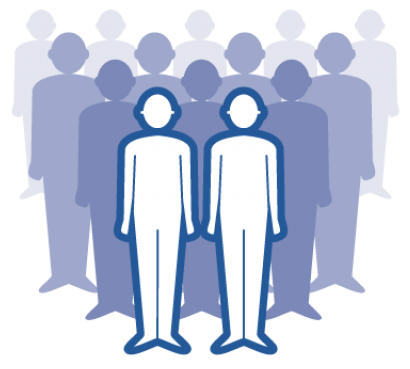


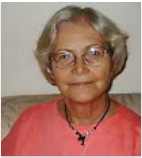
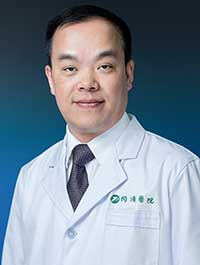
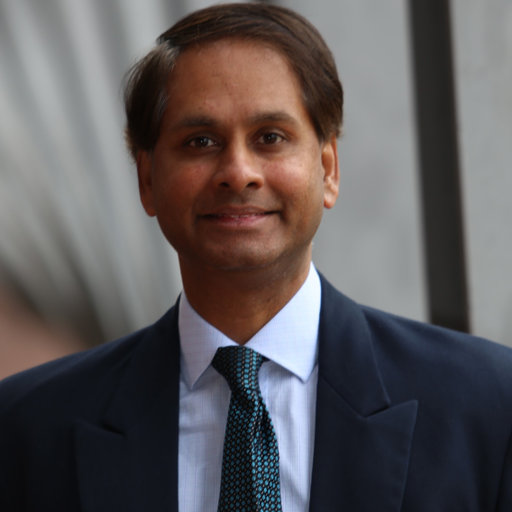

.jpg)
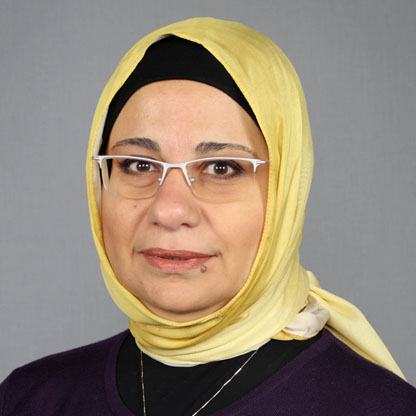
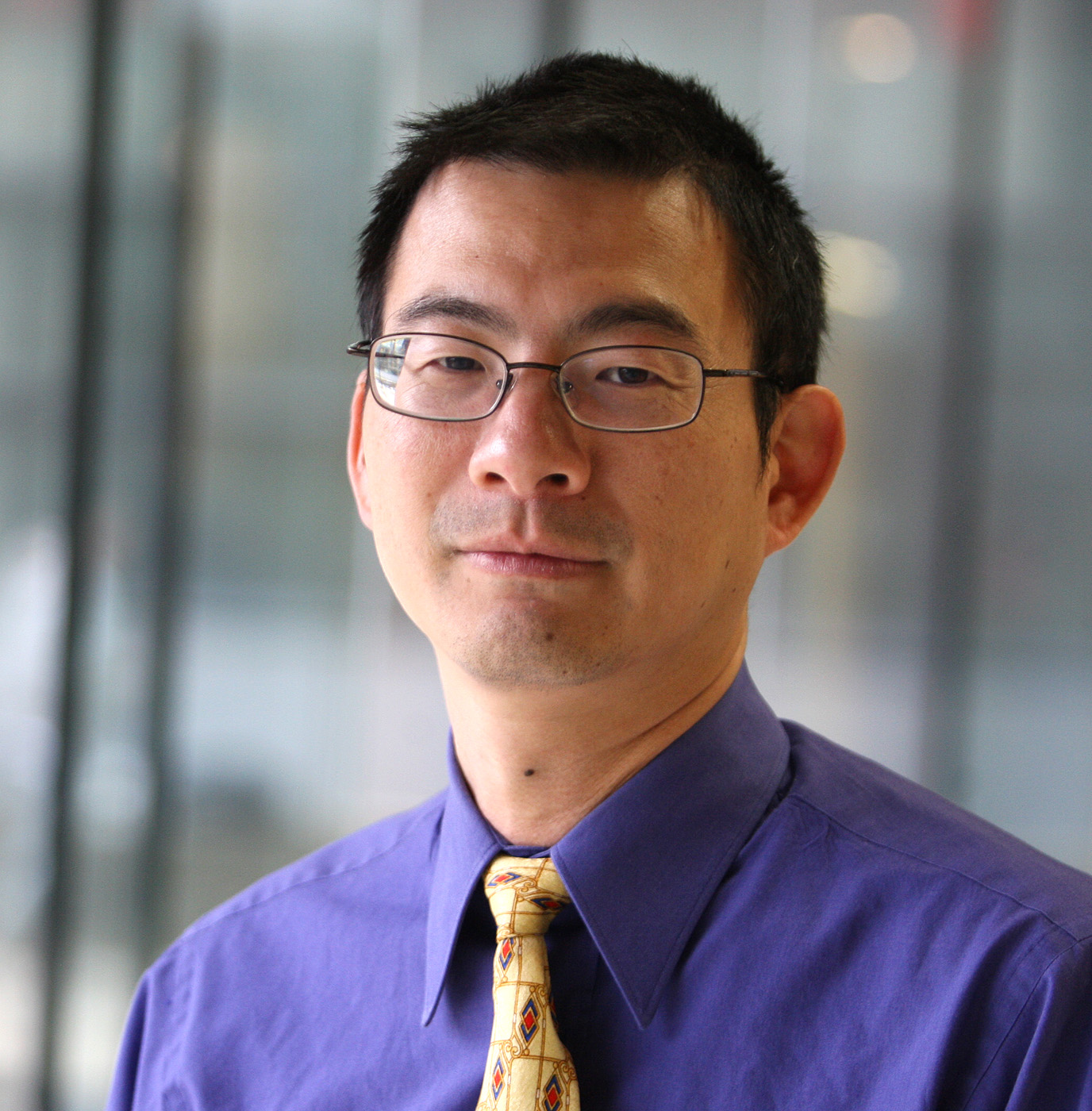
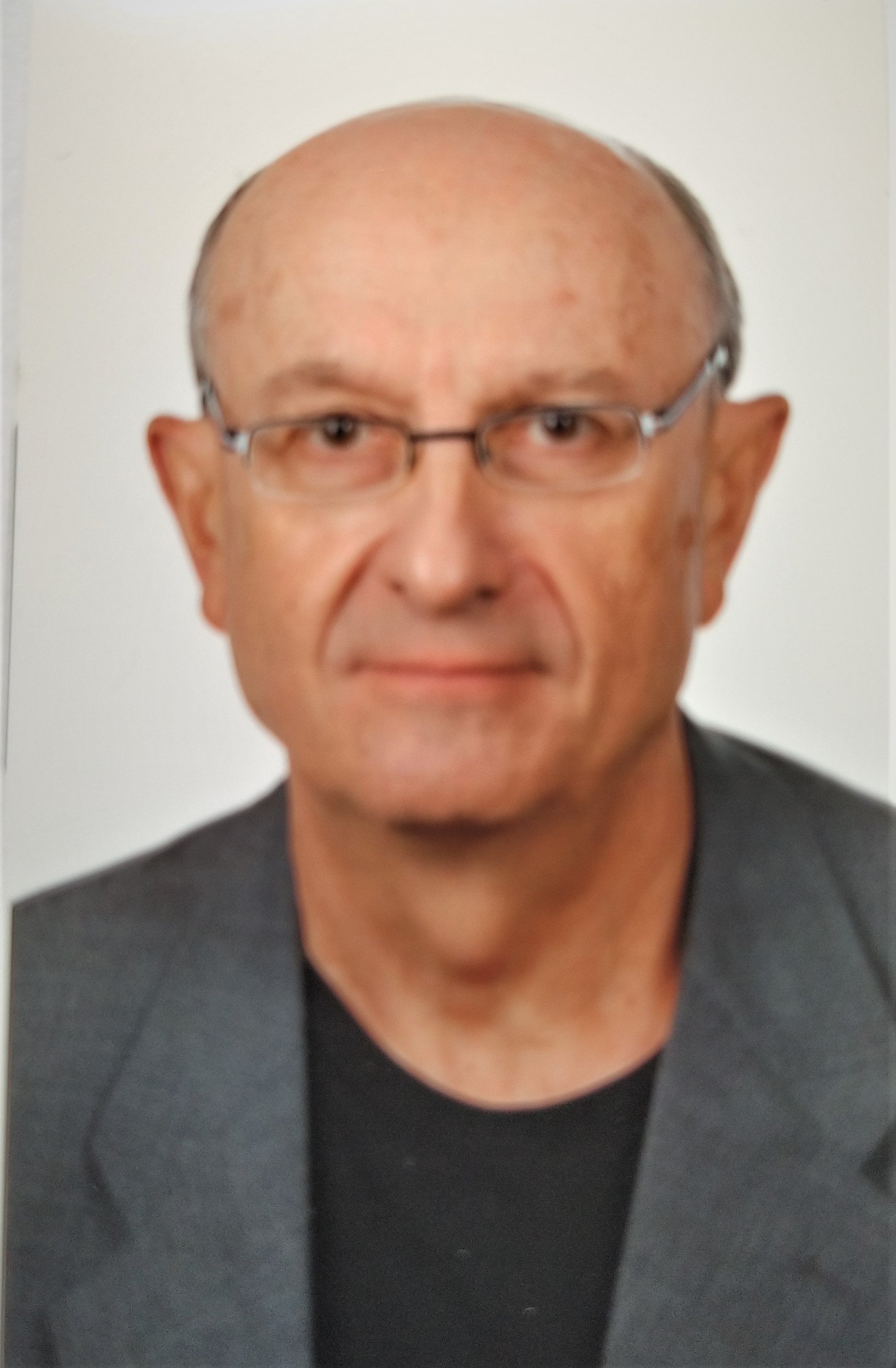
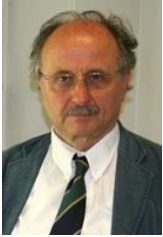





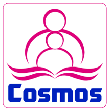




















 Editorial Board Registrations
Editorial Board Registrations Submit your Article
Submit your Article Refer a Friend
Refer a Friend Advertise With Us
Advertise With Us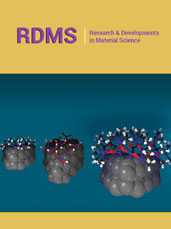
.jpg)
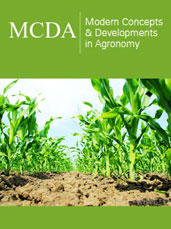
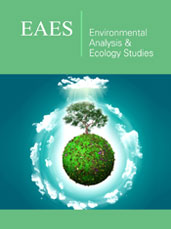
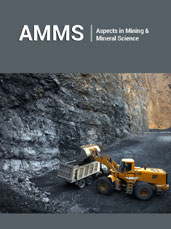
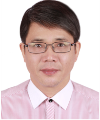
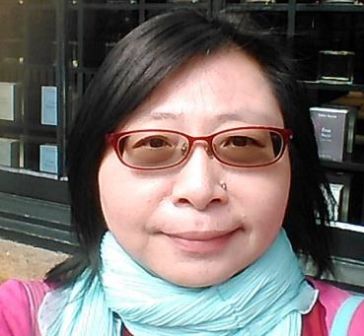
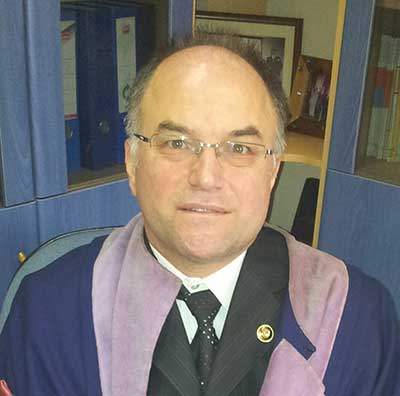
.jpg)


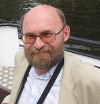

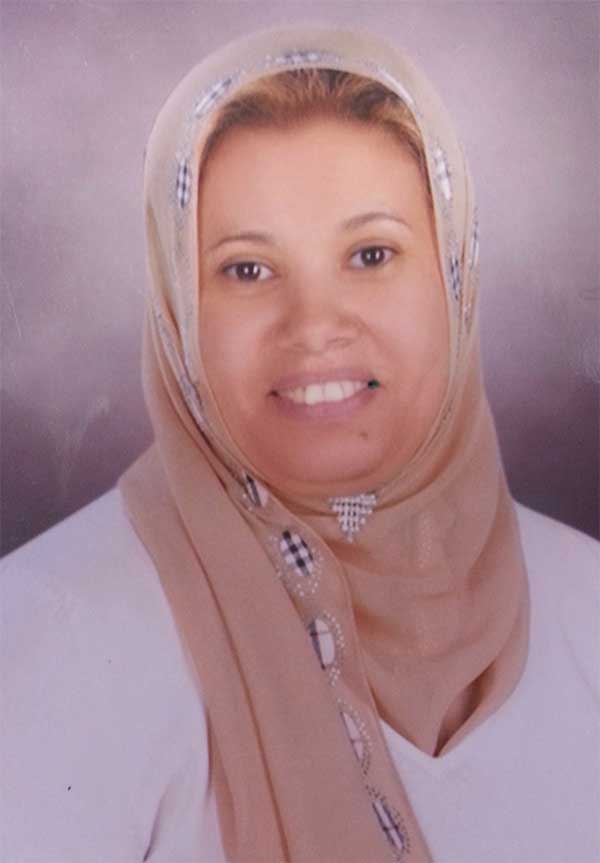


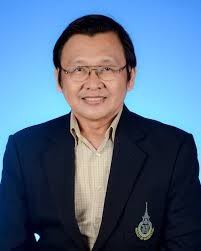
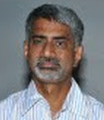
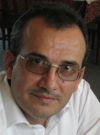

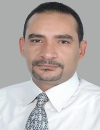


.bmp)
.jpg)
.png)
.jpg)
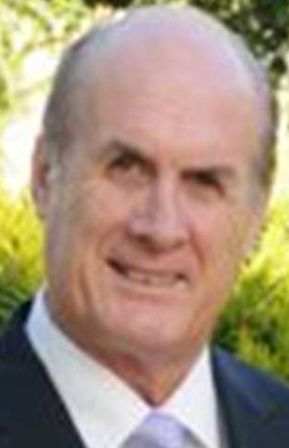
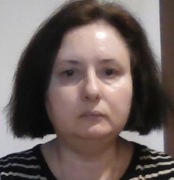
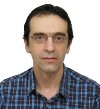



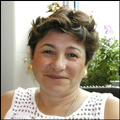
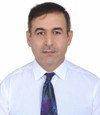

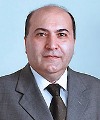
.jpg)

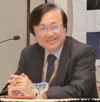
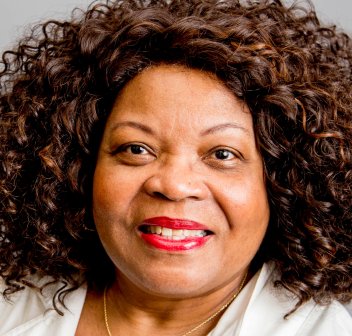
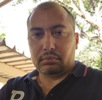


.png)

.png)



.png)
